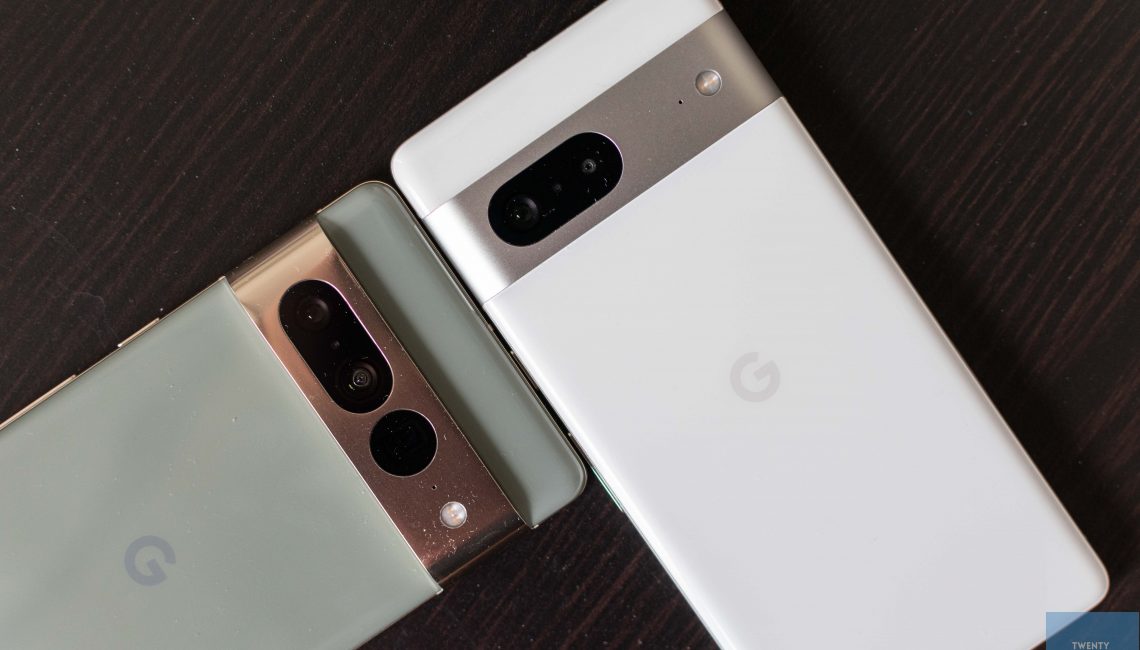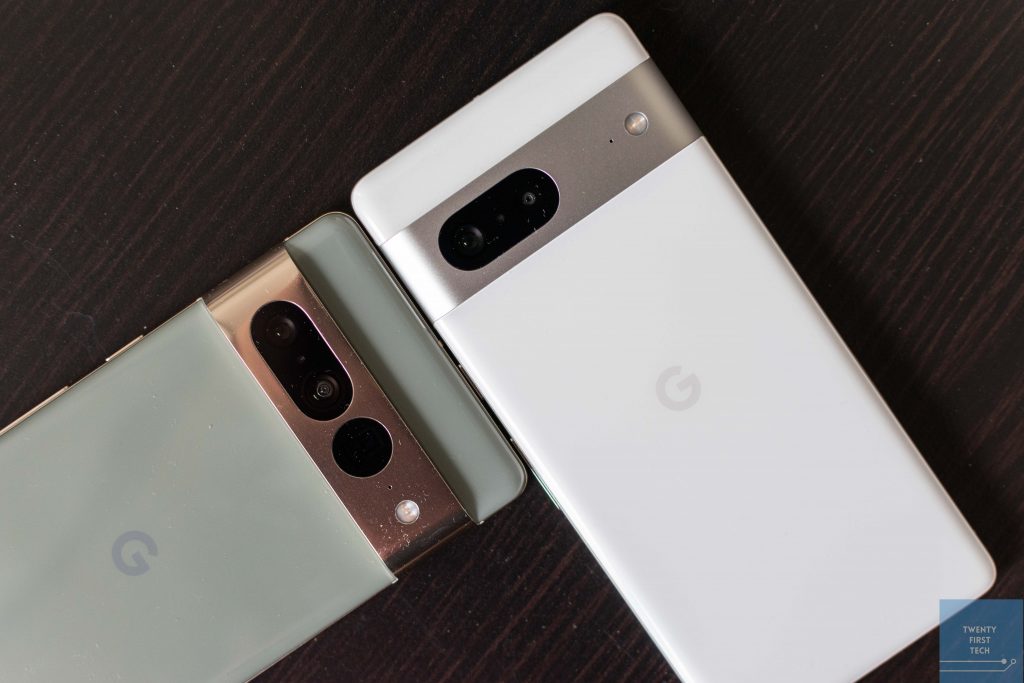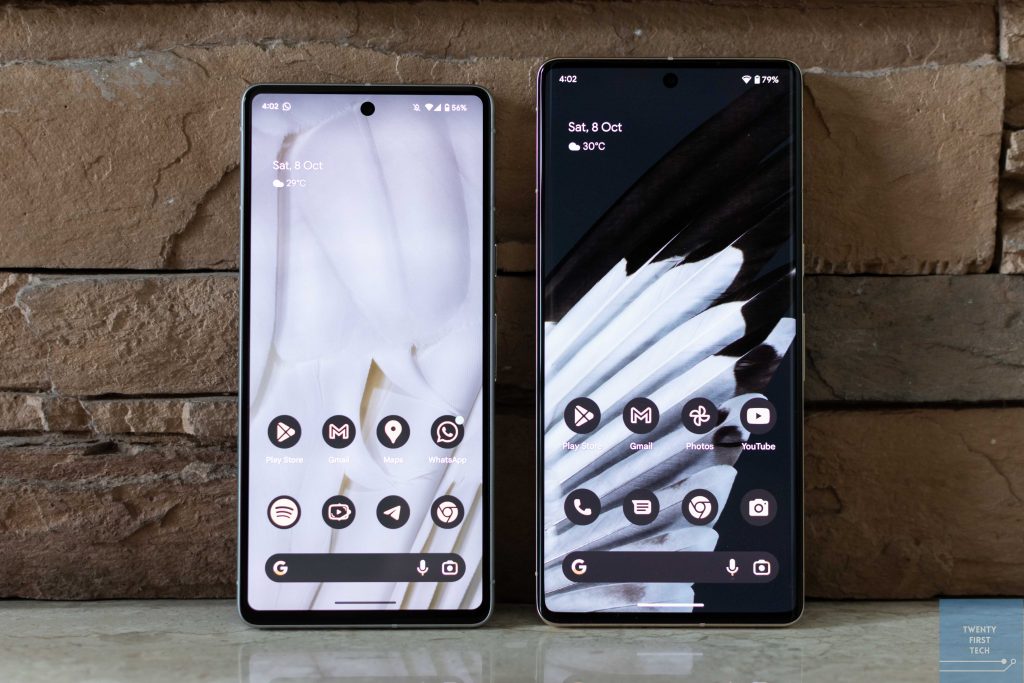I find it rather hard to write a review of the Pixel 7, given that I’ve only just written a review for the Pixel 6 7 months ago owing to the Google’s delayed Singapore launch. Though it’s a good problem to have, as it means that Google chose to launch the Pixel 7 on time this time round.
Making matters even harder for me is the fact that the Pixel 7 is so similar to its predecessor, both externally and internally. So perhaps let’s keep this review brief.
The TL;DR is this: The Pixel 7 is ultimately a minor refinement of the Pixel 6. It looks cleaner, its bugs have been ironed out, and it has been given a few more Google magic tricks courtesy of the updated Tensor G2 SoC. In practical day-to-day use, you most likely won’t notice much of a difference between the two. So if you can find a good deal on the Pixel 6 or 6 Pro, that might probably be the better bang-for-buck option.
As always, let’s start with the specs.
Pixel 7 Specifications
- 155.6 x 73.2 x 8.7 mm, 197g
- IP68 dust/water resistant
- 90Hz 6.3″ AMOLED 1080 x 2400 pixels, HDR10+
- Google Tensor G2
- 8GB RAM, 128/256GB storage
- Cameras
- (Main) 50 MP, f/1.9, 25mm
- (Ultrawide) 12 MP, f/2.2, 114˚
- (Front) 10.8 MP, f/2.2, 21mm
- 4355 mAh battery, 30W charging
- Android 13
- Colours: Obsidian, Lemongrass, Snow
What I liked
Cameras — The cameras, as usual, are stunning, though the hardware remains unchanged from the Pixel 6. Hardware changes, such as autofocus on the ultrawide and improved optical zoom, are reserved for the more expensive Pixel 7 Pro.
All the improvements here are in the software. Things like a new Super Res Zoom, improved Night Sight, and cinematic blur for video. Google made a big deal about Super Res Zoom during its announcement — it’s technically optical zoom, since the phone crops to the middle of the sensor instead of performing binning. I had hopes that it would produce cleaner zoom shots compared to “digital” Super Res Zoom on my Pixel 5. However, comparing 2x shots with my Pixel 5, the difference was not significant. In fact, max zoom was still pretty much unusable on the Pixel 7, even in good light. Night Sight now takes a shorter time to capture an image by default, and cinematic blur adds fake bokeh to video. Nothing super major to write home about.
All in all, it’s still a fantastic camera, just not noticeably better than last year’s. Comparing the images below, it’s clear that the Pixel 7 just slightly edges out the Pixel 5 every time, both in terms of detail and colour reproduction.
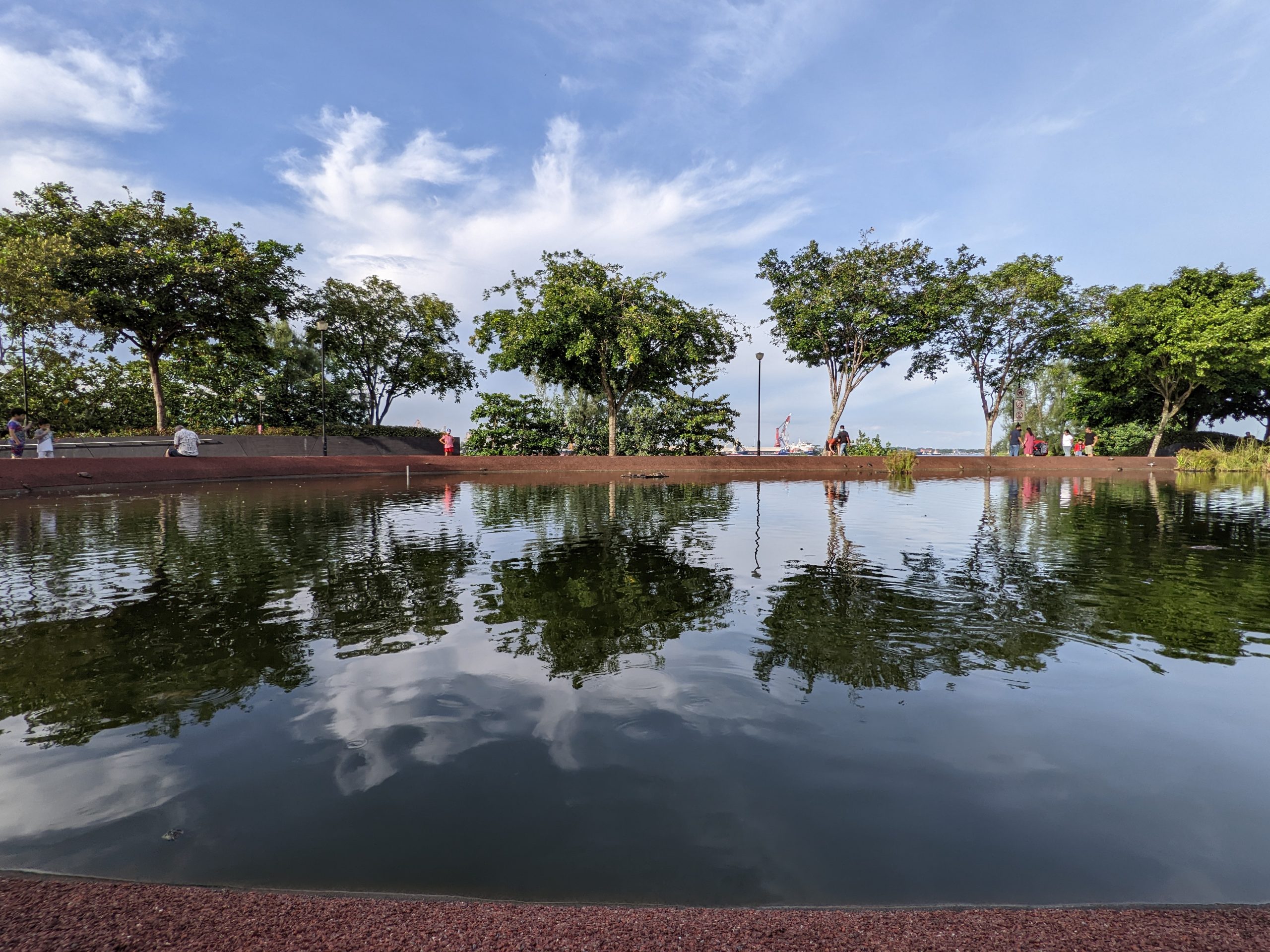
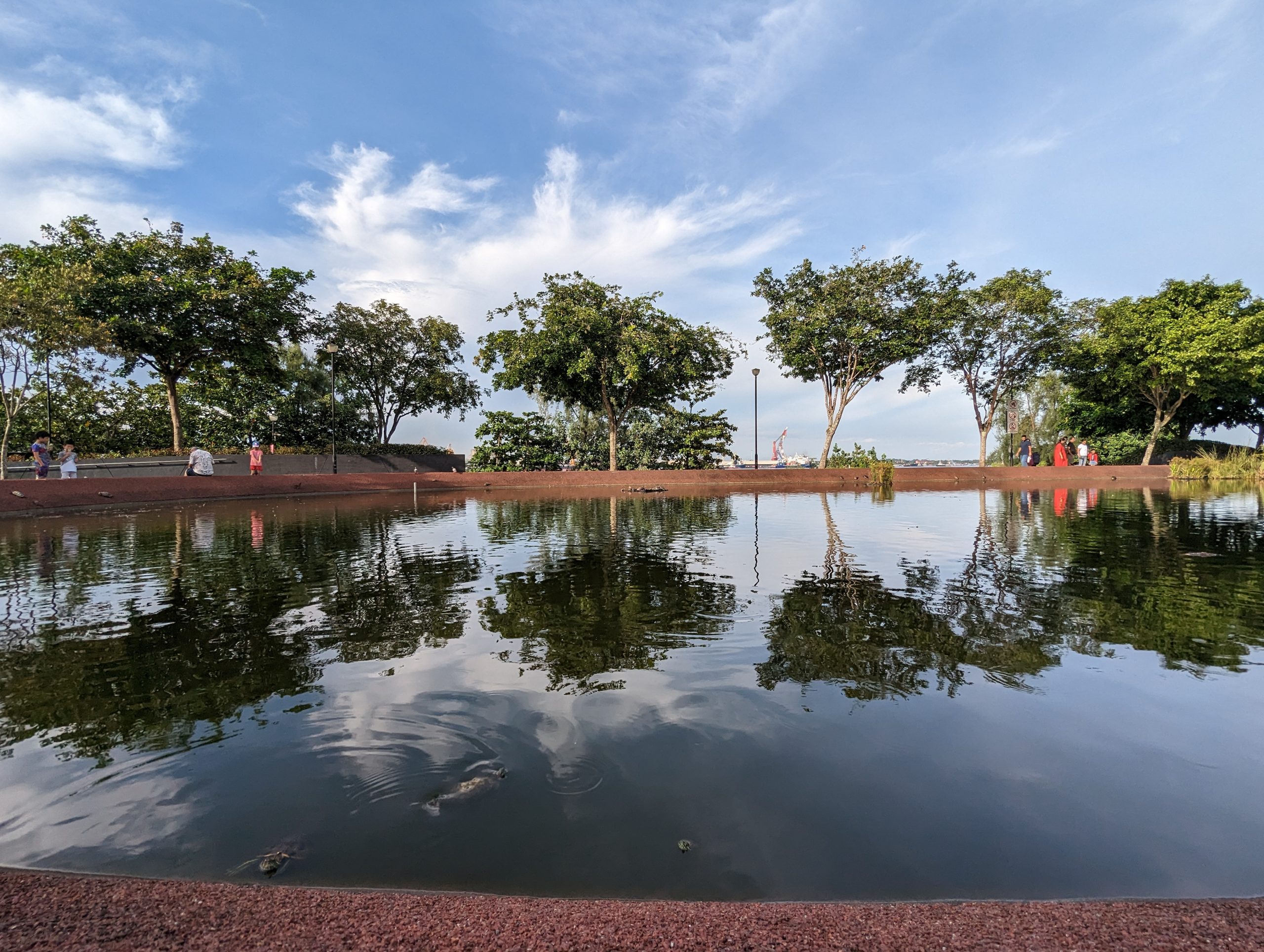
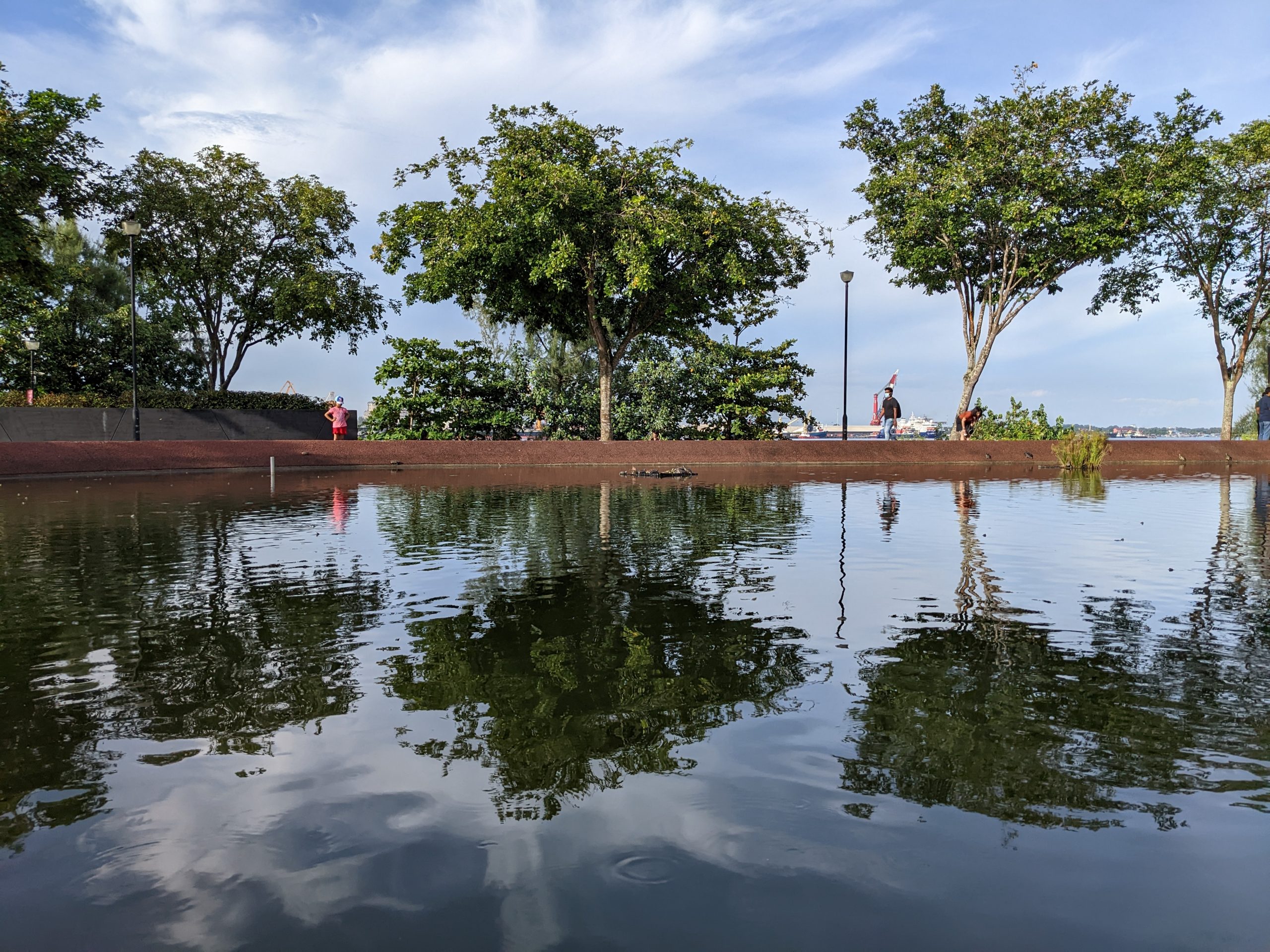
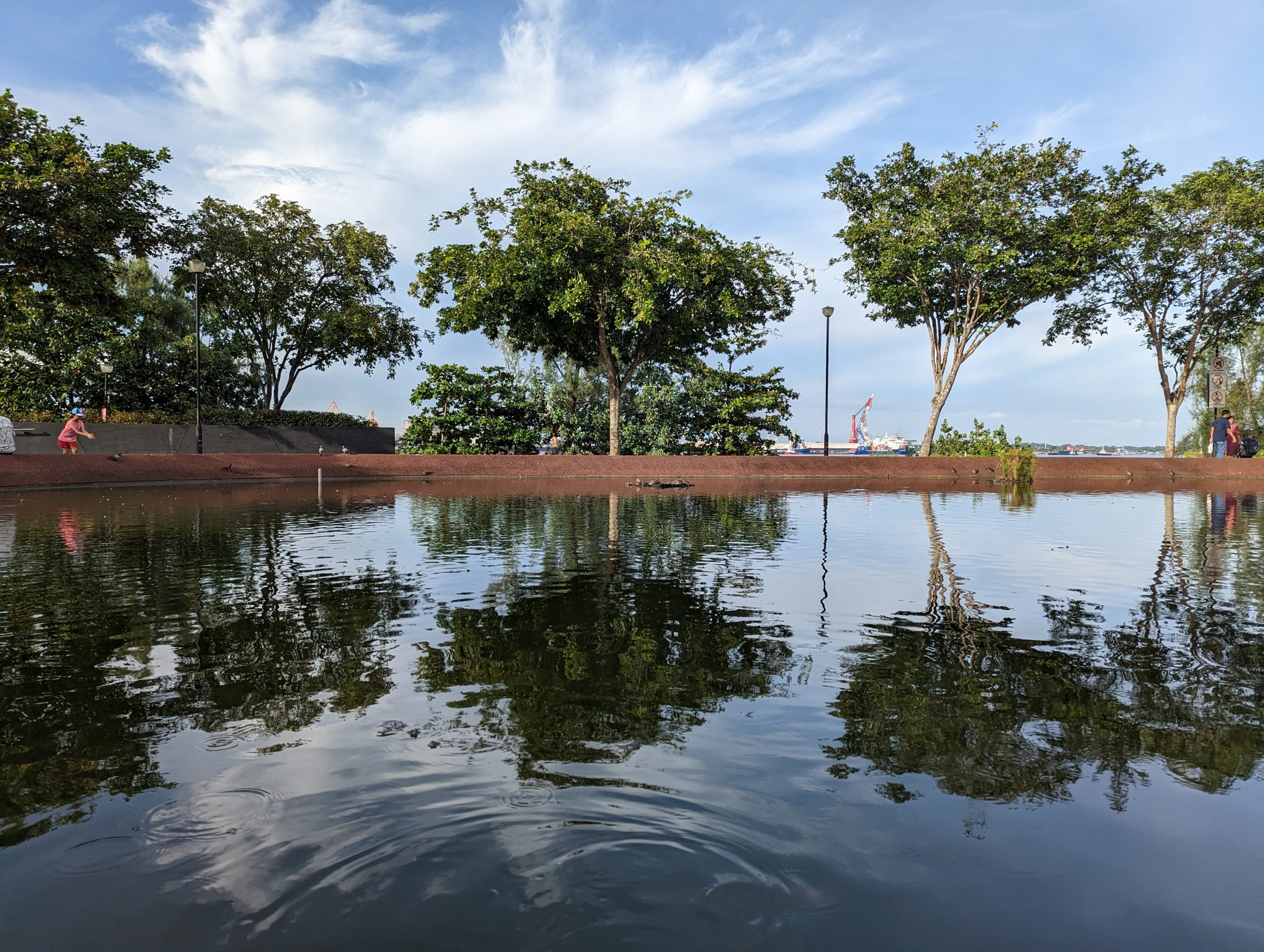





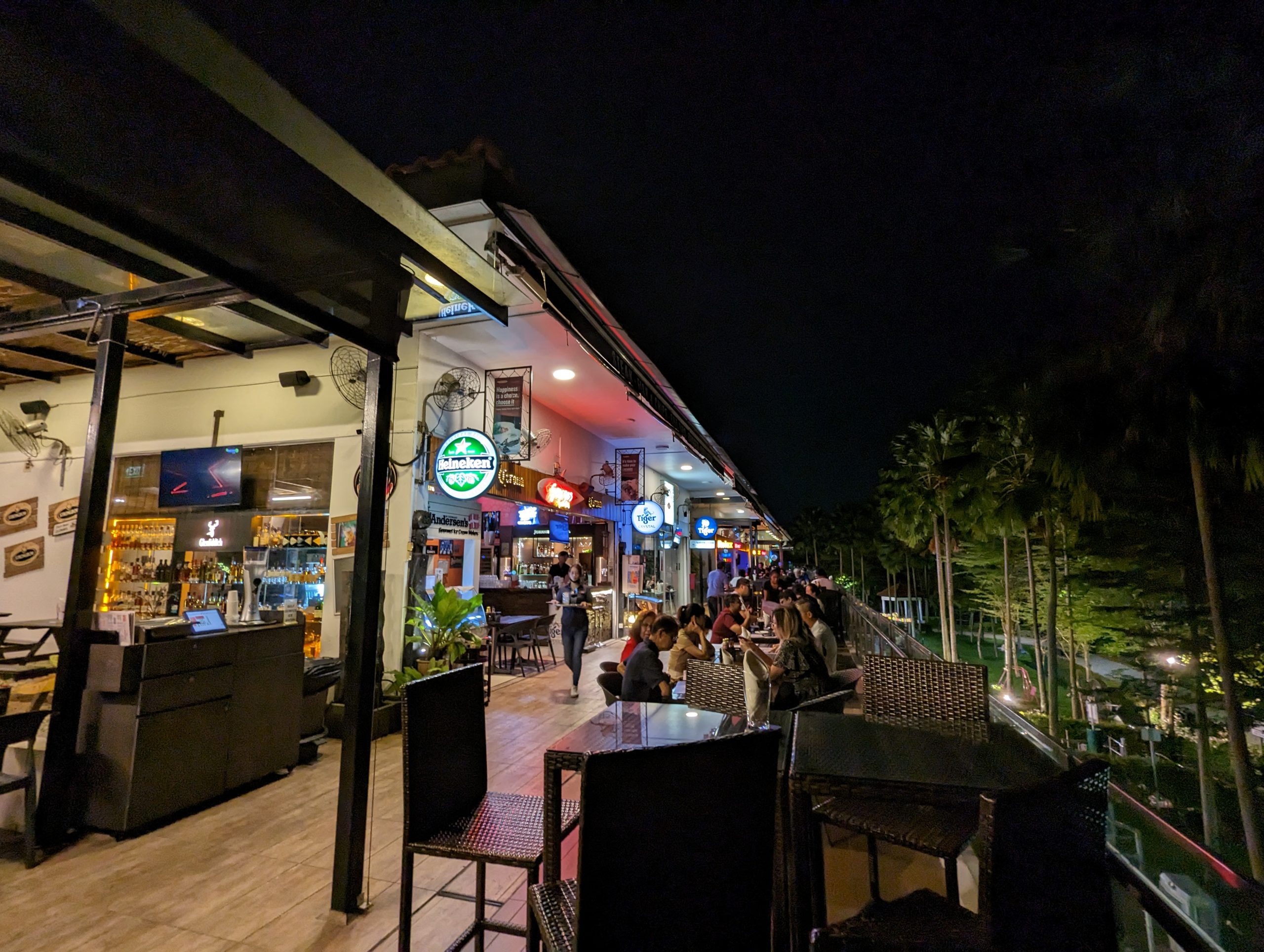
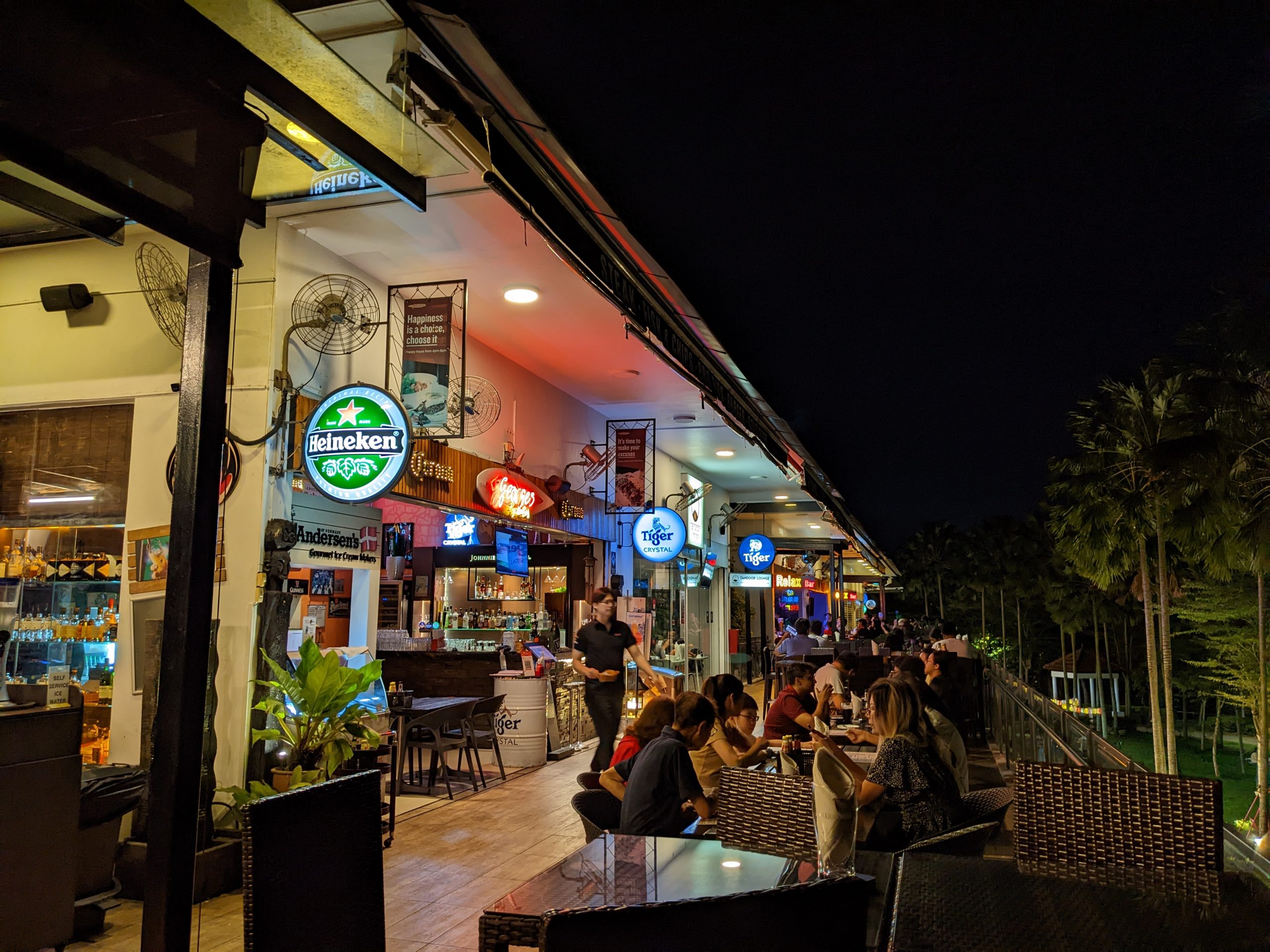

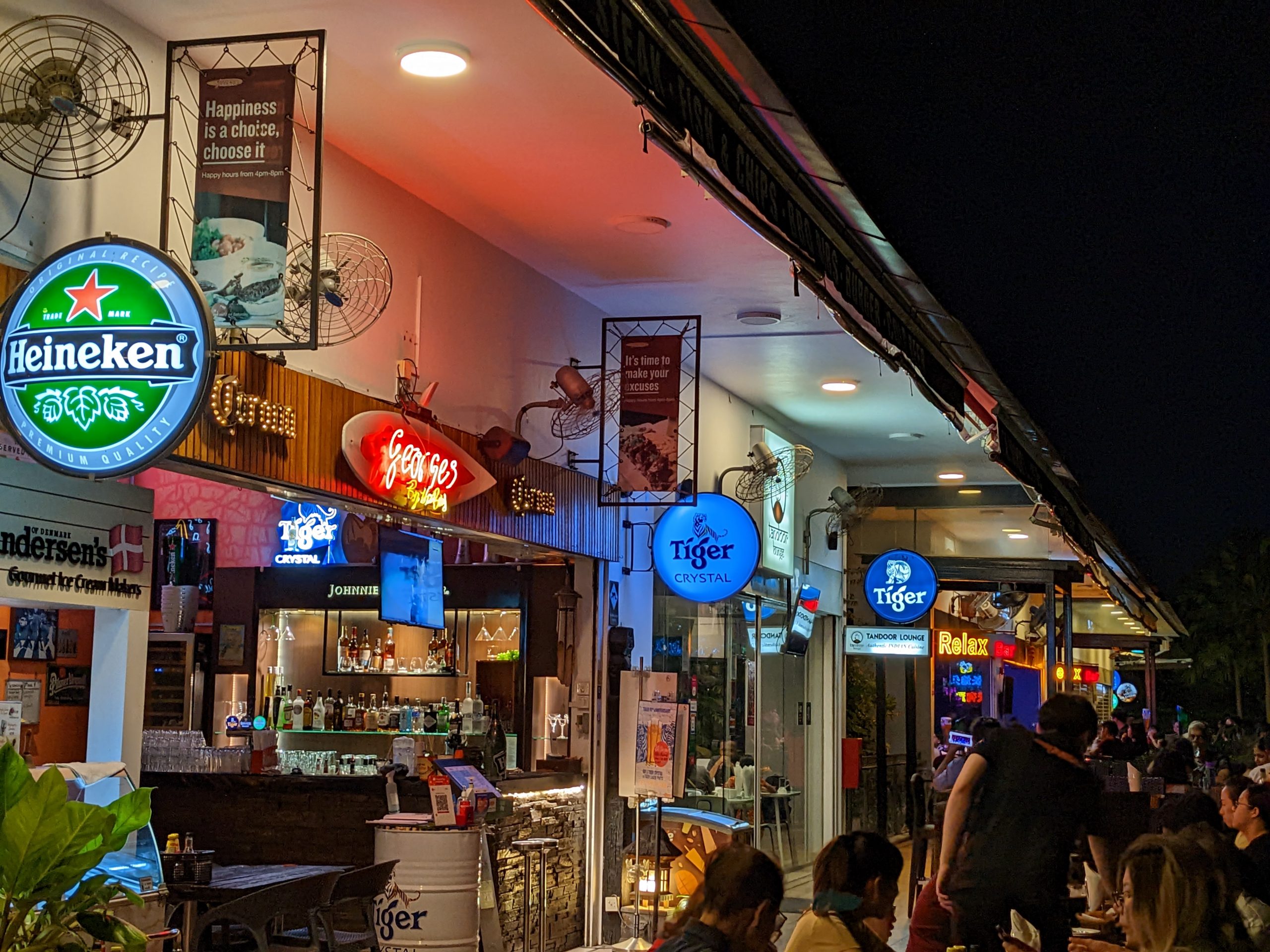

Display — The display is a minor step up from the Pixel 6, boasting higher brightness for outdoors visibility. Overall still an excellent display, though sadly capped at 90Hz. It’s got HDR10+ too for HDR videos on YouTube and Netflix, etc.
Face unlock — A feature of Android since… Android 4.0 Ice Cream Sandwich ELEVEN years ago, until it got removed a few Android versions later for… reasons? Since we’re on this topic, I would like to point out that a ton of “new features” that we’re seeing in 2022, such as iOS’s lock screen widgets (wow! so revolutionary!) have been around since… well I’m pretty sure even before Android 4.0 ICS. I swear 5 years from now Apple is going to bring back the headphone jack and act like they invented the port. (A dedicated port for high quality audio! Imagine that!)
Anyway, yes, face unlock is finally back on Google’s phones. And it works great, unlocking your phone basically instantly. Of course, there’s no fancy infrared imagery here, so you can’t use it for payments. For that, there’s the under display fingerprint reader, which I’ve found to be generally more reliable than the abysmal ones found on the Pixel 6 series. Your mileage may vary.
What I didn’t like
Design — This one may be a bit controversial, as I know there are people out there who love this design. But to me, it’s boring. The Pixel 6 series at least kept some of the charm of the previous Pixel devices with its two-tone back, but the Pixel 7 series gets rid of this completely. You now just have a single colour on the back with the accompanying aluminium. I find the camera visor somewhat ugly as well thanks to its pill-shaped cutout. But looks aren’t that important, especially since you’re going to put a case on the Pixel 7 owing to how slippery its glass back is. More important is the build.
Build — In my Pixel 6 review, I remarked that the fit and finish had room for improvement, as I could still feel the sharp edges where glass and metal meet. This is still the case for the Pixel 7, and is one area where the Pixel 7 has not been refined. And while Google did try to make the Pixel 7 smaller and lighter, shrinking down the display by 0.1″ and reducing the weight by 10g, it’s still way too large and heavy for my tastes, coming in at 197g (vs my Pixel 5’s 151g). To me, that’s heavy enough for me to feel like it’s a chore to use the phone. However, I note that this is an issue specific to me, as I hate large and heavy phones. Chances are, you may find it to be just fine. Come on Google, make a 6.0″, or even 5.9″ flagship, that weighs ~160g, and is made of aluminium/polycarbonate.
Miscellaneous
Software — Unlike with last year’s Pixel 6, the Pixel 7 has remained relatively bug-free. I did experience some occasional hiccups with the Pixel 7 — people not able to hear me on the other end of the call, Telegram live location not updating in the background — but overall it was ok.
Of course, the benefit of getting the Pixel 7 over the Pixel 6 is that you’ll get one more year of software updates. But Google is still only doing 3 years of Android version upgrades and 5 years of security updates, which means you’ll be good up till Android 16. Come on Google, Samsung offers 4 years of Android upgrades, and Apple offers 6. You’re making the chips now, so where is the extended software support that comes with it?
Software is also supposed to be the main draw of Google’s Pixel phones, with the headlining magical feature this year being photo unblur (last year it was magic eraser). Yes, photo unblur is cool, but Google is clearly arbitrarily tying software features to new products. If they wanted to, they could bake in photo unblur (or magic eraser) into the Google Photos app itself. But Google is desperate to differentiate its phones, so for now, photo unblur will be a Pixel 7 exclusive feature. Really though, who is rushing out to buy a Pixel 7 over a Samsung Galaxy for photo unblur?
There are other Pixel magic features out there, but unfortunately, some of them aren’t available in Singapore. The call screening feature is one of them, which is extremely unfortunate given the number of spam/scam calls that are on the rise in Singapore.
Battery life — it’s good, somewhat on par with the Pixel 6 before it despite having a smaller cell. That means 4-7 hours of screen on time, and the ability to last a full day.
Performance — It seems we’ve hit a stage where smartphone performance doesn’t really matter anymore because phones are way too powerful for what you use them for anyway. Apple certainly thinks so — it just launched the iPhone 14 with the same chip as the iPhone 13 Pro from the previous year. And Google definitely thinks so with the Pixel 7. All claims they’ve made for the Tensor G2 have been for its machine learning performance, and none for its raw compute/graphical performance. From my testing, performance seemed to be on par with the Snapdragon 888 from last year, which is to say slightly better than the Pixel 6, and good enough for almost everything you throw at it. 8GB of RAM is plenty for multitasking too, for now.
Pricing & Conclusion
This is where it gets somewhat interesting. The Pixel 7 can be had in the following configurations in Singapore:
- S$999 — 128/8GB (Colours: Obsidian, Snow, Lemongrass)
- S$1,129 — 256/8GB (Colours: Obsidian)
That’s pretty decent pricing considering that it’s the exact same price that the Pixel 6 launched at around 7 months ago. This time round, Google is even offering a 256GB variant, which it didn’t previously.
However, when you consider that the Singapore Google Store is also selling the Pixel 6 Pro for S$999 currently, it becomes a no-brainer — get the Pixel 6 Pro. With the 6 Pro, you get a larger, higher resolution, higher refresh rate display, a larger battery, a 4x telephoto camera, and 4 extra gigs of RAM. The only downside is that you’ll get one year less of software support (and fewer Google “magic” features like photo unblur), but I feel that is a more than worthy tradeoff for how much more phone you’re getting.
This puts me in a tough spot. If you’re coming from a Google Pixel 3 or older, the Pixel 7 will be a fine upgrade — in terms of cameras, display, performance. However, the hardly noticeable changes from the Pixel 6 lineup makes it such that it’s definitely wiser to spring for a good deal on the Pixel 6 or the Pixel 6 Pro instead. So that’s what I’m going to recommend you do if you’re considering getting the Pixel 7.
As always, when purchasing online, check if you can get additional cashback on your purchase with ShopBack. You can also check out our deals page for more Singapore deals.
Liked this review? Follow us on Facebook, Twitter or Instagram for more updates!

